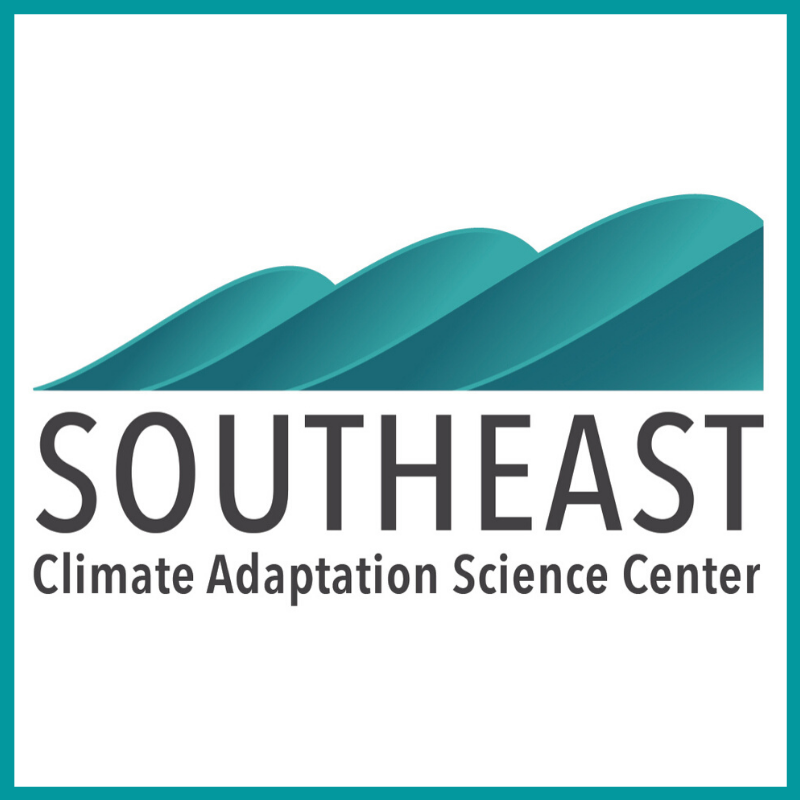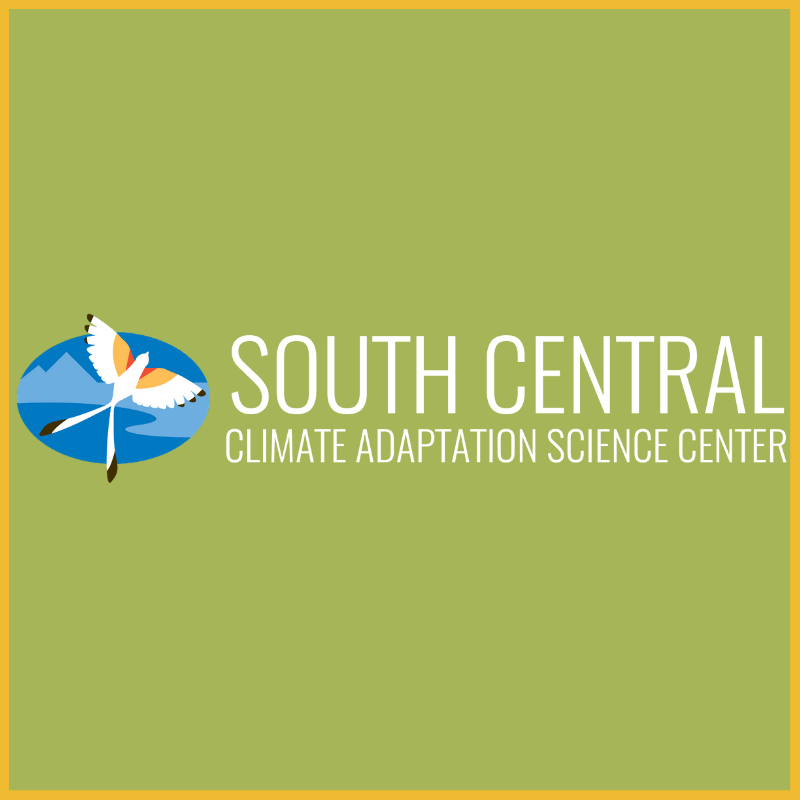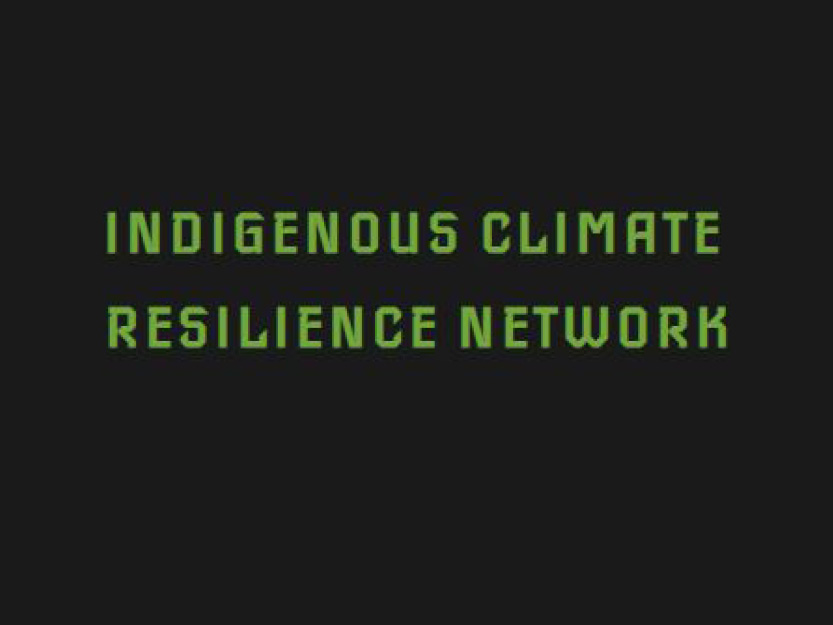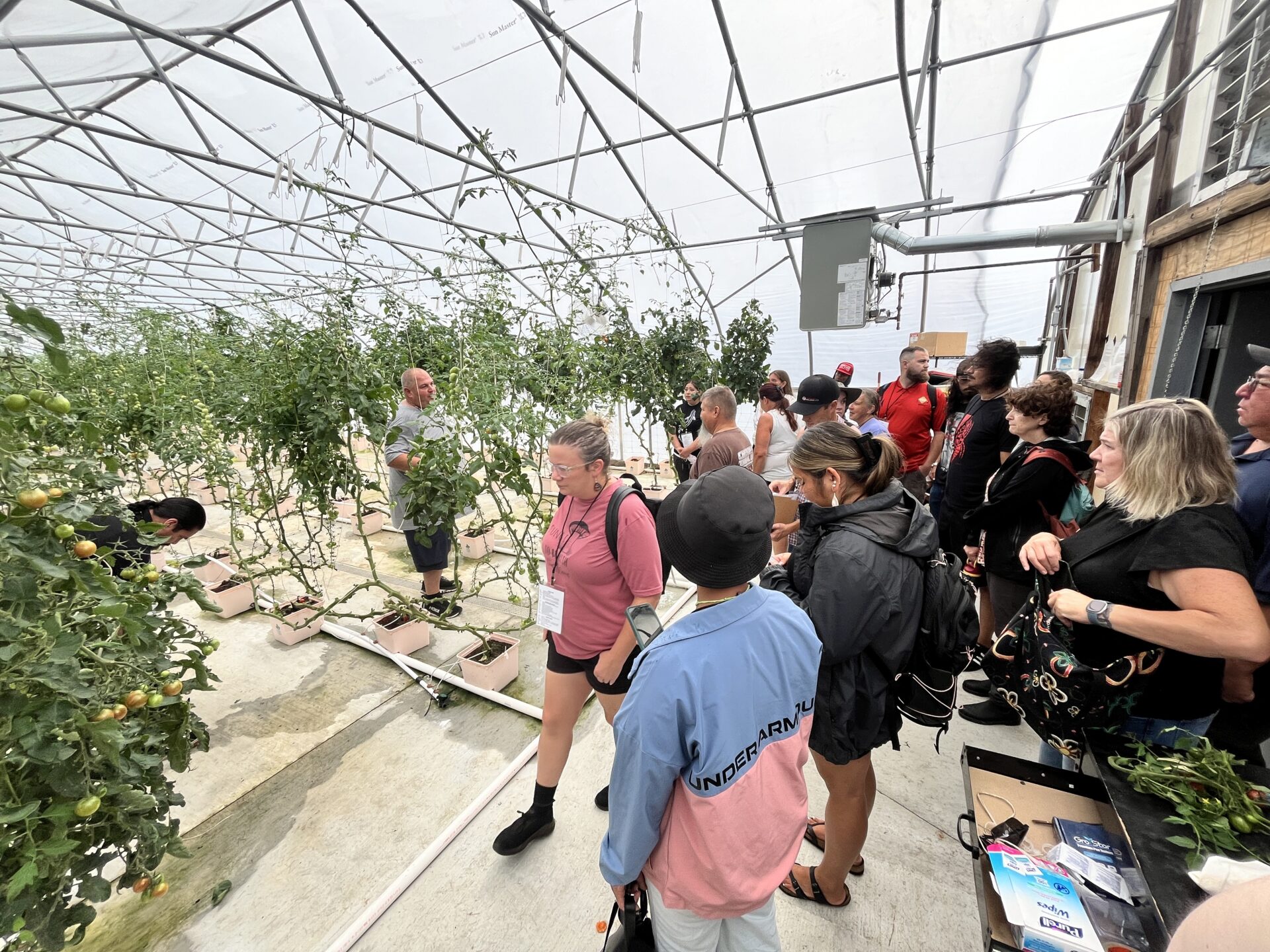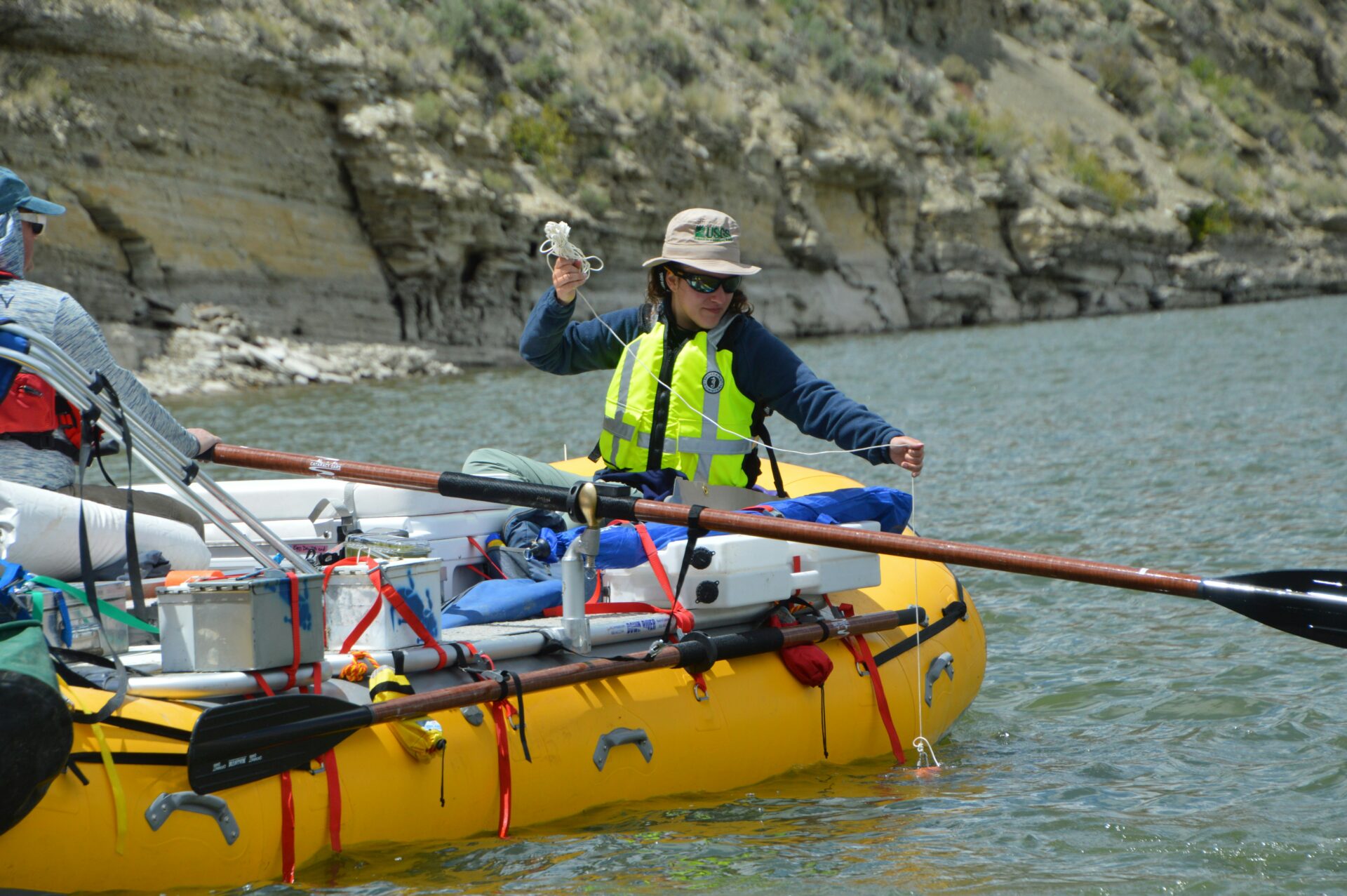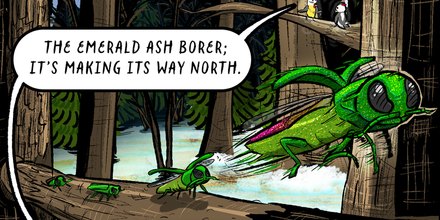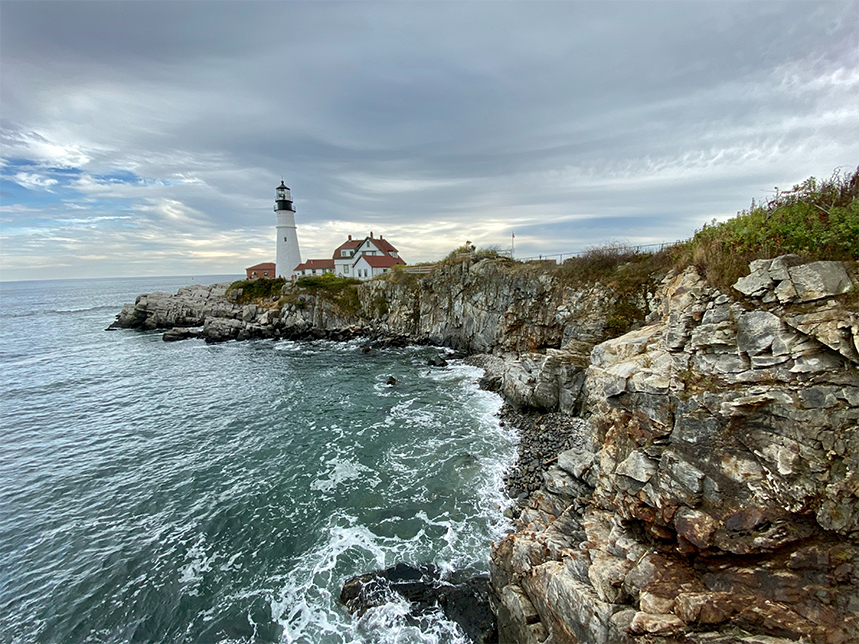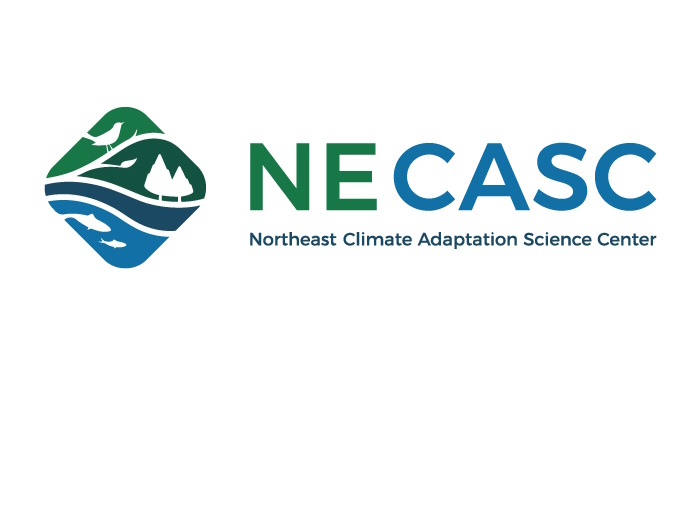
Introduction
Created in 2017, the USET Climate Change Resilience Program assists Tribal Nations with climate change adaptation planning. Through the Tribal Climate Science Liaison, this program also connects Tribal Nations with resources at regional Climate Adaptation Science Centers and other partners to support Tribal adaptation planning and resilience to climate change.
USDA USFS: Regional Forest Ecosystem Vulnerability Assessments
Vulnerability is the degree to which a system is susceptible to, and unable to cope with, adverse effects of climate change, including climate variability and extremes. The identification of vulnerable species and ecosystems in the near term is a critical step in long-term planning. The USDA Regional Climate Hubs…
USDA Climate Hubs: Salt Water Intrusion and Salinization in Coastal Forests and Farms
Coastal forests and farmlands in parts of the Southeast are being negatively affected by saltwater intrusion and soil salinization due to sea level rise, storms, tides, droughts, and water resources management. Elevated salinity levels cause crop yield declines, coastal forest loss, increases in salt-tolerant invasive species, eutrophication and marsh migration.…
US Army Corps of Engineers: Sea-Level Change Curve Calculator
This tool is provided by USACE and uses regionally specific data from NOAA’s sea-level gauges and graphically depicts the change in sea-level over time. The further ability of this tool is to project changes using several different equations to model different climate scenarios. This is a useful tool for…
Union of Concerned Scientists – Texas Invasive Species
Various agencies have jurisdiction over different types of invasive species. Consequently, there has never been a comprehensive statewide tally and the total number of invasive species is still unknown. There are, at minimum, the following number of invasive species: 67 terrestrial plants, 12 aquatic/wetland plants, 10 mammals, 4 birds,…
UMASS Amherst Climate System Research Center – CT Climate Report
This PowerPoint presentation put together by the UMASS Amherst Climate System Research system explores the impacts of climate change on Connecticut. Using multiple climate projects or scenarios for trends in warming temperature, changes in seasonal weather, climate migration, sea level rise, changes in precipitation, and other extreme weather and…
U.S. Forest Service – Tribal Relations Program
The U.S. Forest Service established the first Tribal Government Program Manager position in the Washington Office in 1988, responding to identified needs and Executive direction. Subsequently, in 2004, the Office of Tribal Relations was formed as a permanent staff within the State and Private Forestry Deputy Area, to facilitate consistency and…
U.S. EPA – What Climate Change Means for Mississippi
In the coming decades, Mississippi will become warmer, and both floods and droughts may be more severe. Unlike most of the nation, Mississippi did not become warmer during the last 50 to 100 years. But soils have become drier, annual rainfall has increased, more rain arrives in heavy downpours,…
